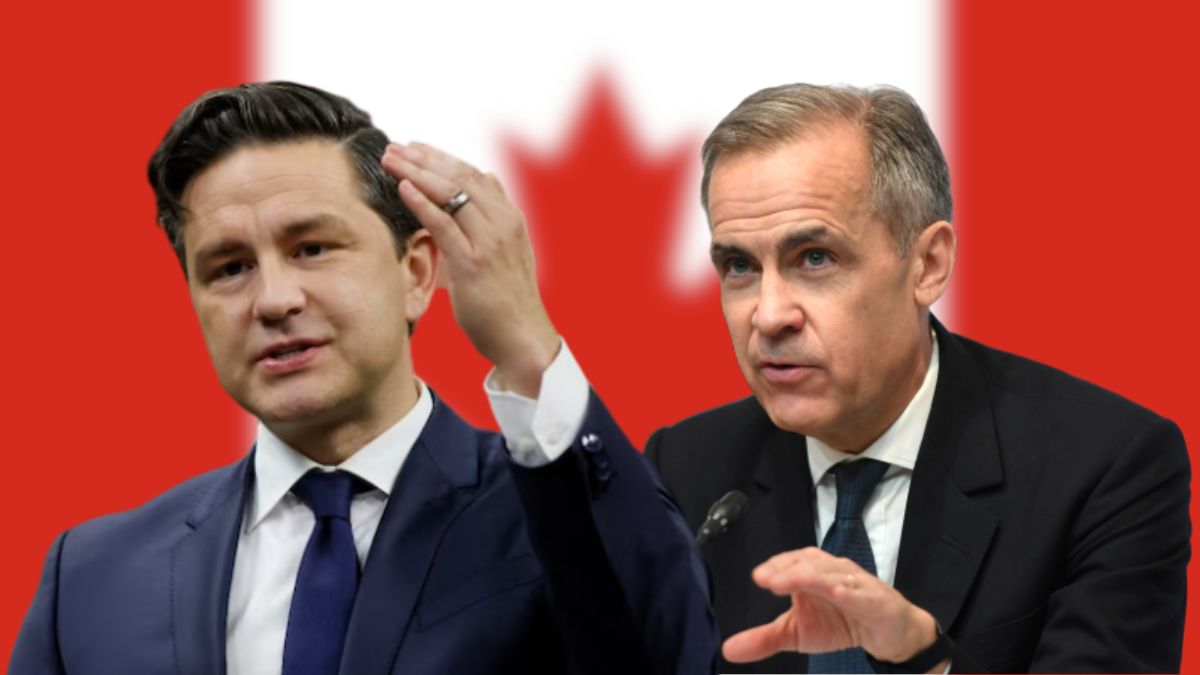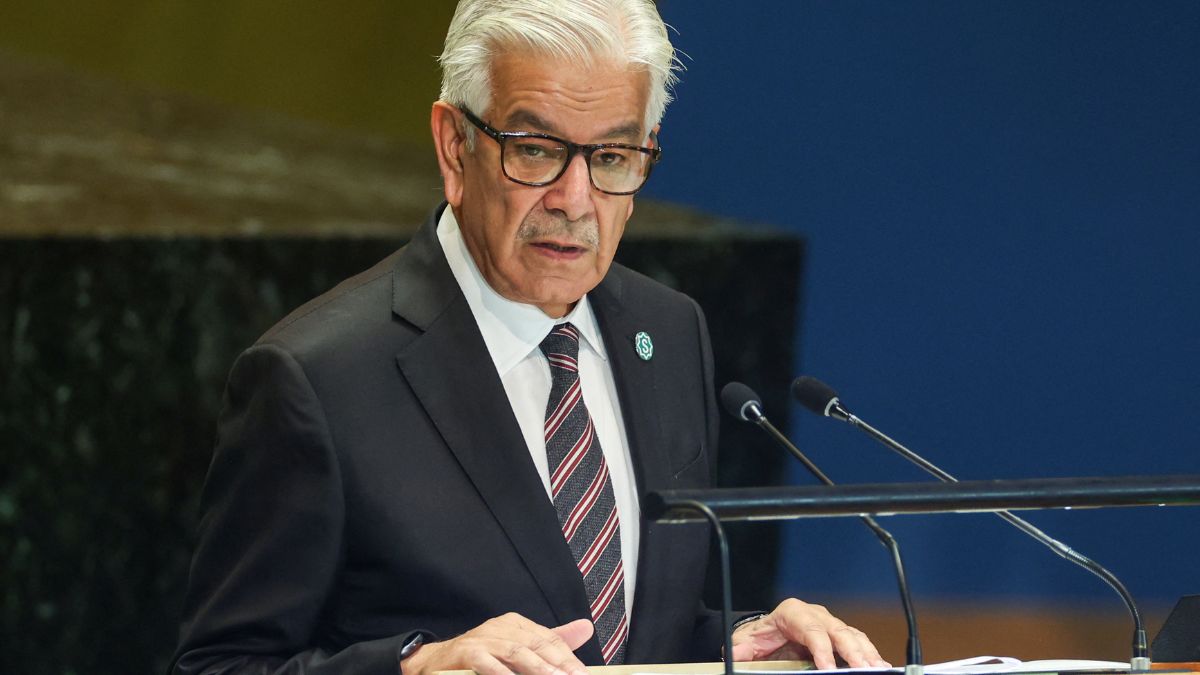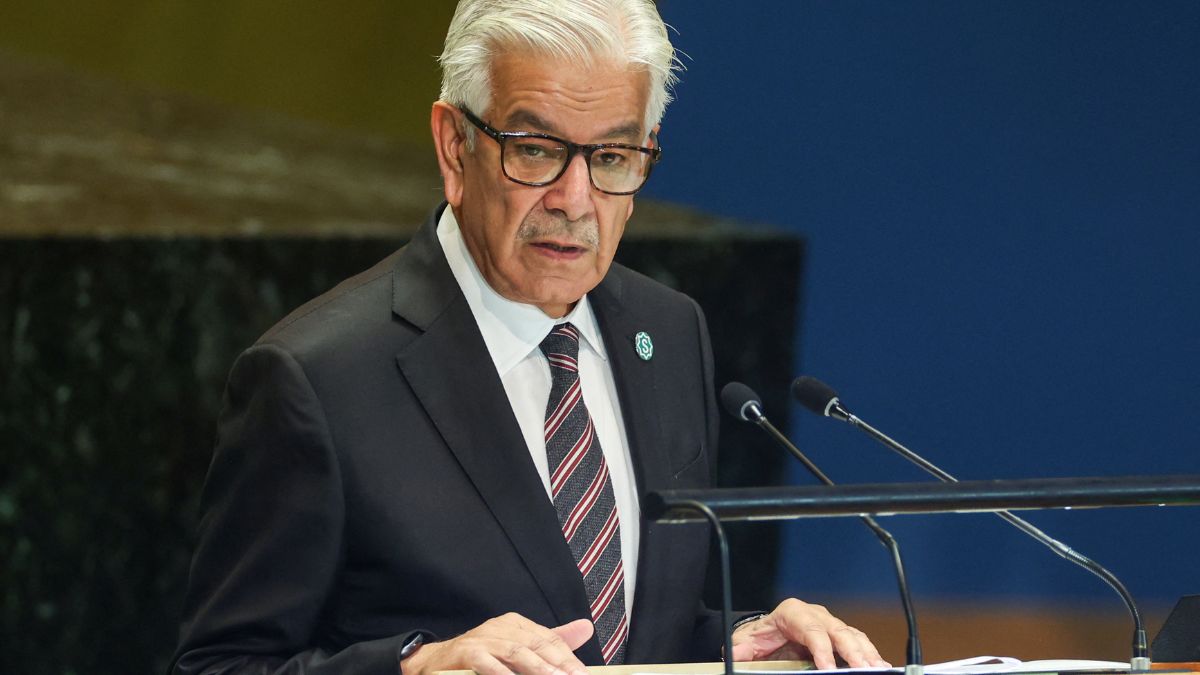Canadians began voting on Monday in a snap federal election called amid political upheaval and escalating tensions with the United States, with control of the House of Commons and the country’s direction at stake.
The election, scheduled months ahead of the regular timeline, was called by Prime Minister Mark Carney on March 23, just days after he succeeded Justin Trudeau. Trudeau resigned under mounting internal dissent and public dissatisfaction, exacerbated by US President Donald Trump’s aggressive trade actions and annexation rhetoric.
Polling stations have opened nationwide early Monday, with voters selecting 343 members of Parliament. A party needs 172 seats for a majority.
Advance turnout has been strong, with a record 7.3 million Canadians voting early, Elections Canada said.
Tight race between Liberals and Conservatives
Carney, a former Bank of Canada and Bank of England governor, leads the Liberal Party into his first electoral test. His campaign has focused on maintaining retaliatory tariffs against the US, cutting taxes for low-income Canadians, eliminating GST for first-time homebuyers, and boosting military spending to meet Nato commitments.
Facing him is Conservative leader Pierre Poilievre, who has spent months hammering Carney’s economic record and pitching a populist agenda. Poilievre has pledged to negotiate a mutual removal of tariffs with Washington, deregulate energy projects, slash government spending, and cut the lowest income tax rate by 15 per cent.
New Democratic Party (NDP) leader Jagmeet Singh, meanwhile, is pressing a progressive platform that includes student debt forgiveness, universal pharmacare, and greater incentives for Canadian-made electric vehicles. Yves-François Blanchet of the Bloc Québécois is campaigning to protect Quebec’s interests, particularly its trade-exposed industries.
Recent polls suggest a tight race. A Nanos survey released Sunday (April 27) showed Liberals with 43 per cent support, followed by Conservatives at 38.9 per cent, with the NDP trailing in third.
Trump’s trade war, economic worries dominate
The campaign has been overshadowed by economic uncertainty following Trump’s imposition of 25 percent tariffs on Canadian exports, along with inflammatory comments threatening territorial annexation.
Carney and the Liberals have framed the election as a fight to defend Canadian sovereignty and economic stability, while Poilievre has accused the government of mishandling relations with Washington and allowing costs of living to spiral.
Other top concerns among voters include inflation, housing affordability, and climate change. Environmental policies— such as electric vehicle mandates and carbon emission targets— have sharply divided the candidates.


)
)
)
)
)
)
)
)
)